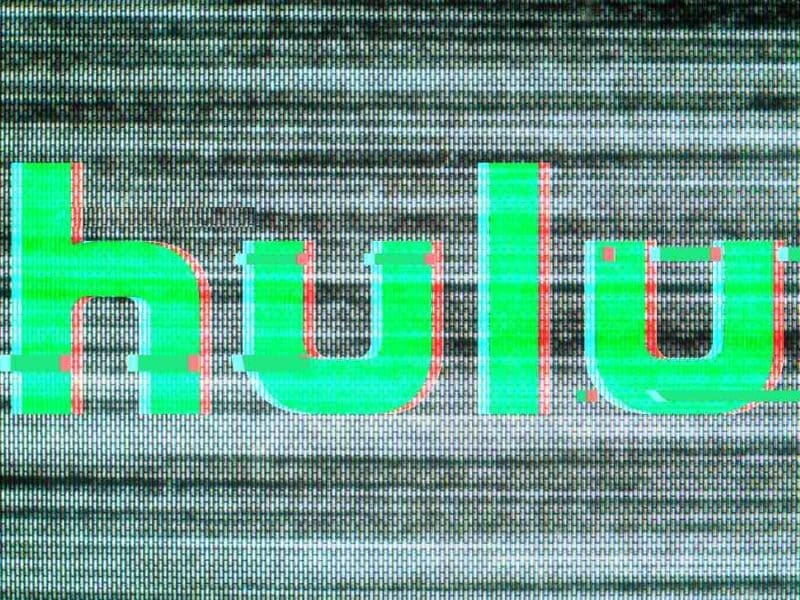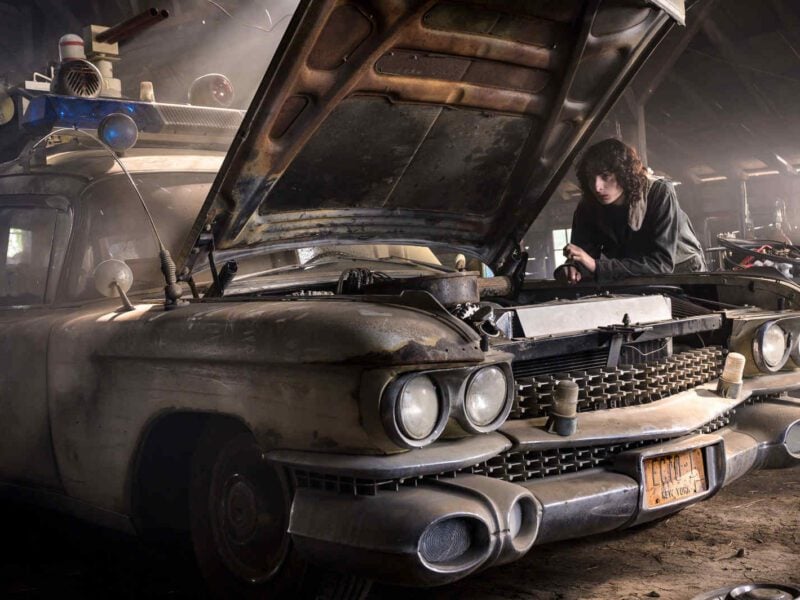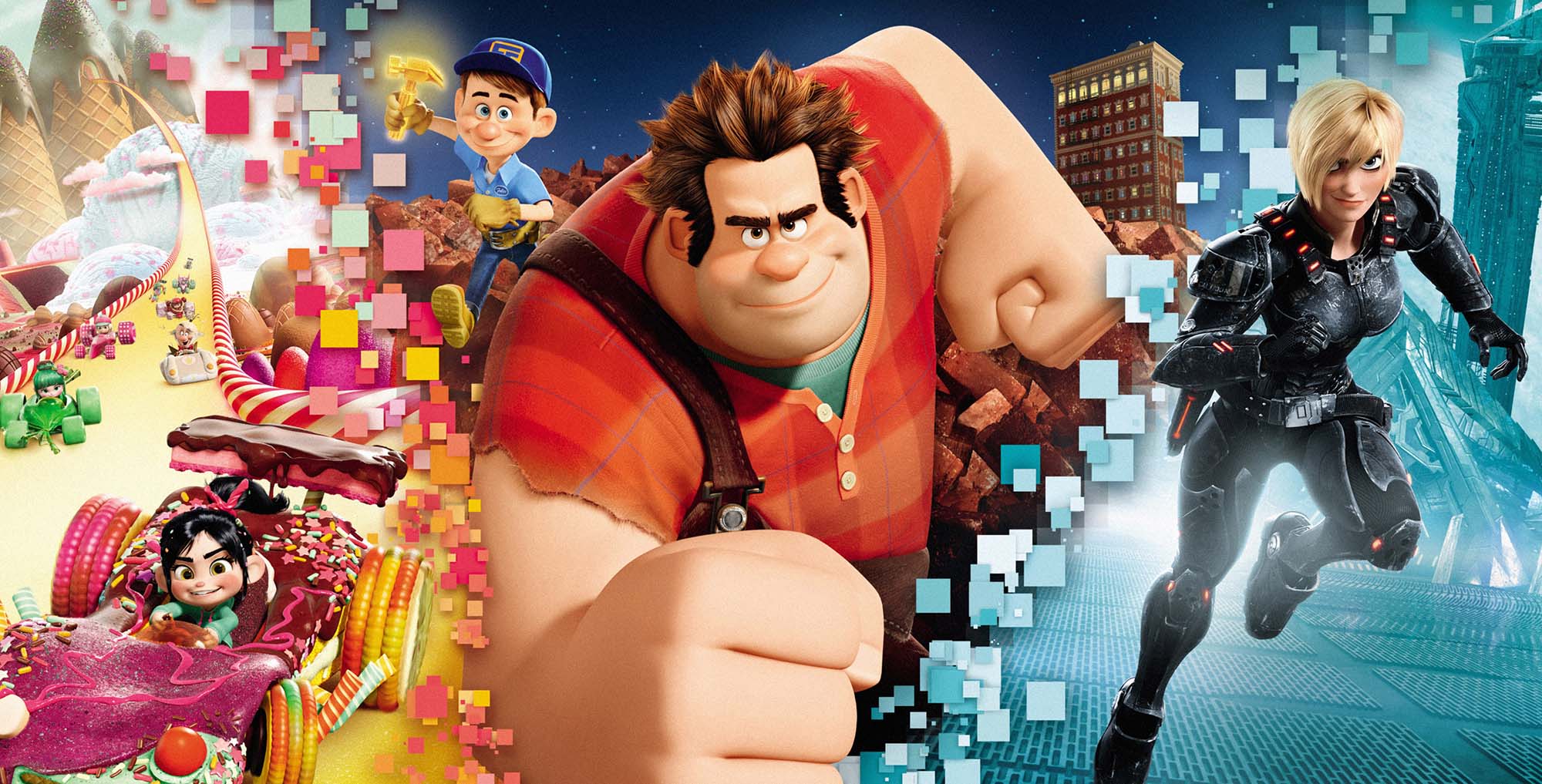
‘Wreck-It Ralph’ breaks the internet by subverting princess tropes
Released in November last year, Ralph Breaks the Internet is set six years after the events of Wreck-It Ralph and follows Ralph and Vanellope as they discover a wifi router in their arcade, leading them into a new adventure.
But we’re not here to discuss the ins and outs regarding the soft-hearted adventures of Disney’s latest animated pairing. The reason the film really broke the internet was because of the trailer that took us to the magically bonkers world of Disney’s princesses.
As you can see, Ralph and Vanellope meet the pantheon of princesses including Belle, Tiana, Aurora, Cinderella, Mulan, Anna, Rapunzel, Ariel, Pocahontas, Jasmine, and Snow White. Yet while it’s the first time the universe’s female leads are all seen together, the characters are not there for kid viewers to fawn over their magical hair. Instead, it’s evident Disney has taken the chance to drop some truth bombs about its outdated princess tropes.

One day our prince will come
While the big-eared mouse and his minions have tried to banish sexist stereotypes over the years by introducing strong female characters into the franchise – think Pocahontas and Mulan – that’s not to say such films don’t follow the same fairytale formula in which women are at the whim of their male counterparts.
Over the years, Disney’s fairytales – from Snow White to Cinderella to Beauty and the Beast – have been criticized for reinforcing gender stereotypes and giving children skewed opinions about body image and relationships.
Teeny-tiny wastes, long luscious hair, and the idea that women are damsels in distress who must be saved by a man are tropes present in a majority of the Disney Princess movies. The Little Mermaid is perhaps the most clear cut with its message – a woman does not have a voice until she is married off with her prince charming.
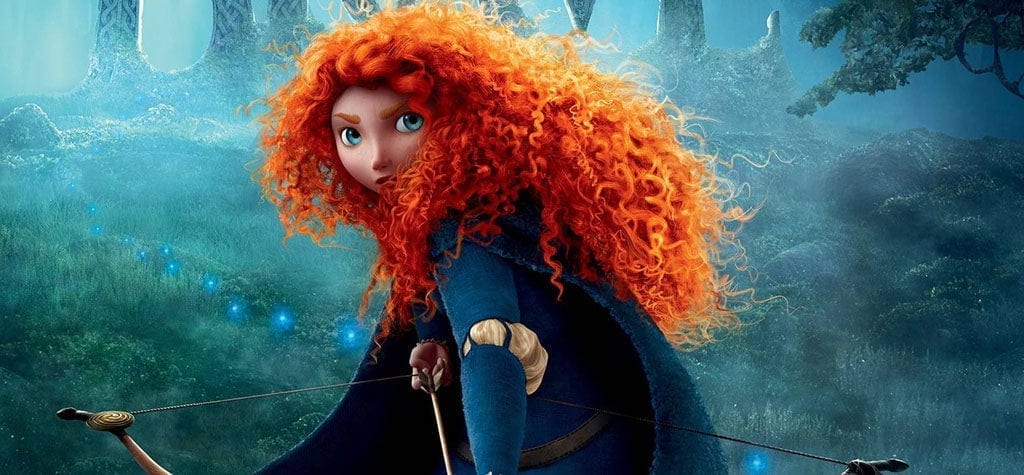
In response to the criticism Disney has faced over the years, princess movies such as Frozen and Brave focus on female characters for whom romance is not the primary motivation. And yet while the evolution is welcome, there’s still some way to go with gender stereotypes and Disney’s messages on body image.
“Animation is an art form not restricted to the boundaries of realism, which is what makes it great,” noted Time. “But the exaggerations in these children’s movies are extreme, they almost always promote the same image of big men and tiny women, and they are especially dramatic in romantic situations.”

Numerous studies have been carried out over the years surveying the effect such movies have on young children, including one from Brigham Young University in 2016 which surveyed parents and teachers to assess to what degree 198 preschool-aged children interacted with Disney Princess culture. Business Insider reported that the researchers found a clear link between increased princess facetime and more female gender-stereotypical behaviors:
In fact, researchers discovered that the sexism present in Disney films, toys, and other products could potentially cause longterm damage on girls’ body self-esteem, ability to problem-solve, interest in math and science, and #lifegoals. Meanwhile, the female stereotypes presented in Disney culture wasn’t so problematic for the boys in the study — they had better body esteem and strived to be more helpful to others.

Disney in the face of the MeToo movement
The questions surrounding the effect of Disney Princess culture on society have been magnified in the wake of the sexual harassment scandal and the rise of the MeToo movement, as the debates over gender parity and female agency are now a central focus in the workplace and beyond.
This focus is highlighted in various discussions such as the Osaka University professor Kazue Muta who said Disney princesses like Snow White and Sleeping Beauty portray “quasi-compulsive obscene sexual acts on an unconscious partner.”
Elsewhere, the MeToo campaign inspired a woman named Sarah Hall to call for Sleeping Beauty to be removed from her 6-year-old son’s curriculum because of the message her son would take from the tale. Per The Telegraph, Hall declared, “It’s a specific issue in the Sleeping Beauty story about sexual behavior and consent. It’s about saying, is this still relevant, is it appropriate?”
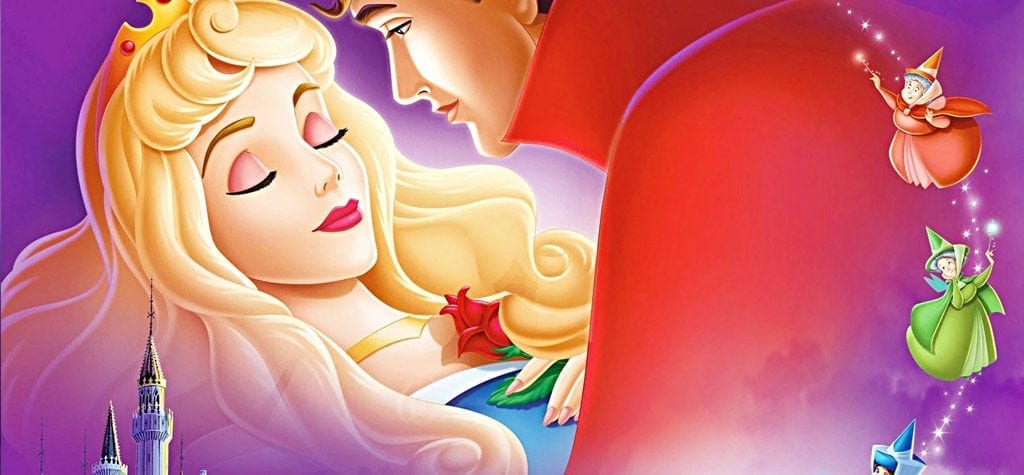
These are just a couple of examples showing us about Disney’s place in the wake of MeToo and now the trailer for the Wreck-It Ralph presents us with the actions the conglomerate is taking to cater to a woke audience.
By showing the princesses poking fun at their sexist and outdated fairytale storylines, Disney is attempting to keep up and adapt in any way it can to stay relevant and answer the questions many have asked over its long-standing history.
Does that mean it’s anything more than a cash grab for the media company? Probably not – but at least modern parents can sigh in the relief that the company’s misogynistic storytelling from a bygone era is starting to subside.





